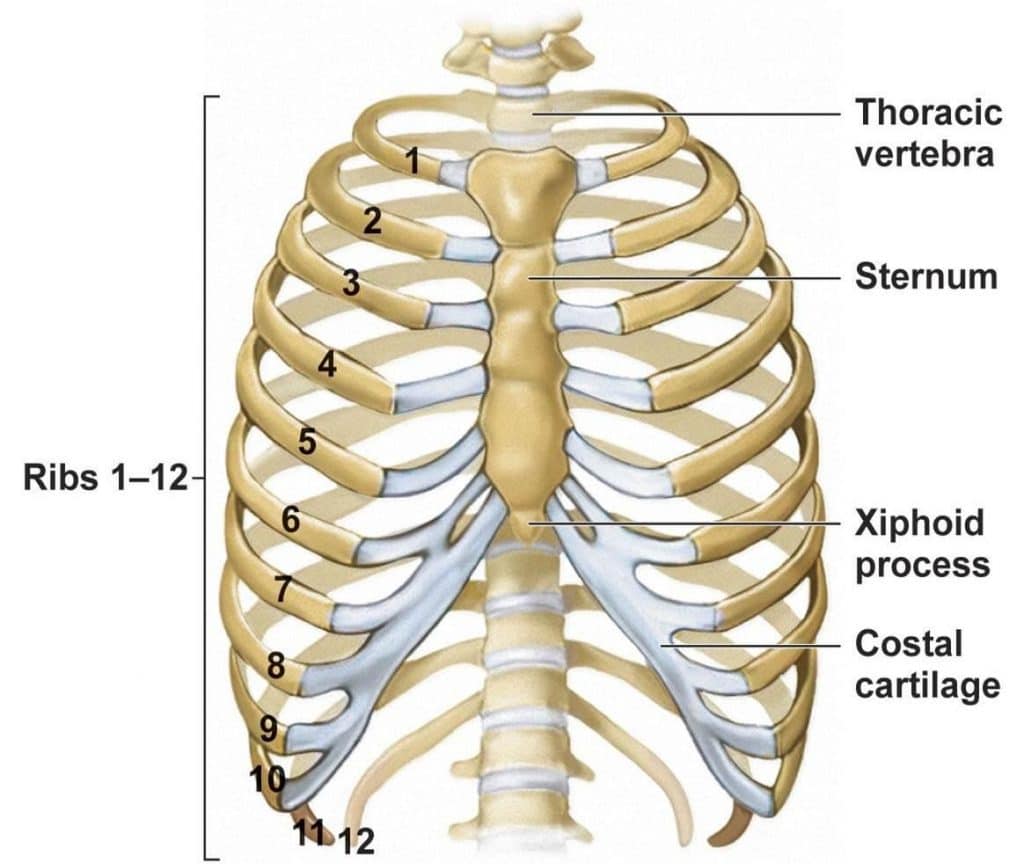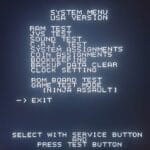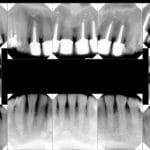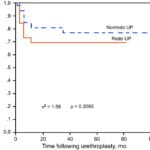Left rib pain can be a persistent and concerning symptom, prompting individuals to seek medical attention. This article provides a comprehensive overview of left rib pain, its potential causes, associated ICD-10 codes, and the importance of a thorough diagnostic process. This information is intended for healthcare professionals, medical students, and patients seeking a deeper understanding of this condition.
Decoding Left Rib Pain: The Role of ICD-10
Experiencing pain under your left ribs can be perplexing. For healthcare professionals, ICD-10 codes provide a standardized framework for classifying medical conditions, including left rib pain. The code R07.82 signifies intercostal pain, a common descriptor for pain between the ribs. This standardized coding facilitates clear communication among healthcare providers and accurate record-keeping, which is also crucial for insurance purposes. While R07.82 pinpoints the location of the pain, it does not specify the underlying cause. Left rib pain can stem from various sources, and identifying the root cause is essential for effective treatment.
Some potential causes of left rib pain include musculoskeletal issues like strained muscles or bruised ribs. However, discomfort in this area may also suggest problems with nearby organs, such as the pancreas, kidneys, stomach, or intestines. Conditions like irritable bowel syndrome (IBS) or slipping rib syndrome, where the cartilage connecting the ribs becomes loose, can also manifest as left rib pain. Due to the ligamentum ovarii proprium, the ovary is held to the lateral pelvic wall, and while not directly related to rib pain, understanding pelvic anatomy can be relevant in certain diagnostic considerations.
Diagnosing Left Rib Pain: A Comprehensive Approach
If you experience left rib pain, seeking professional medical advice is crucial, especially if the pain is severe, persistent, or accompanied by other symptoms like shortness of breath, fever, or chest pressure. Chest pain, including left rib pain, should never be disregarded, as it could indicate a serious medical condition. When it comes to identifying and treating mediastinal shift, chest radiography remains as significant as ever.
A physician will conduct a thorough evaluation, including a detailed medical history, physical examination, and potentially diagnostic tests such as blood work, X-rays, or an electrocardiogram (ECG) to assess heart function. This comprehensive approach helps determine the underlying cause of the pain.
Several theories exist regarding the causes of left rib pain. Costochondritis, inflammation of the cartilage between the ribs, is a frequently suspected culprit. Muscle strains or spasms in the chest wall may also contribute. Ongoing research continually refines our understanding of this condition. For instance, some studies suggest a potential link between intercostal nerve irritation and left rib pain.
Treatment Options for Left Rib Pain
The appropriate treatment for left rib pain depends on the underlying cause. Simple muscle strains may respond to rest, ice, and over-the-counter pain relievers. Other cases may require physical therapy, prescription medications, or more specialized interventions.
| Potential Cause | Description |
|---|---|
| Intercostal Muscle Strain | A pulled or strained muscle between the ribs. |
| Costochondritis | Inflammation of the cartilage that connects the ribs to the breastbone. |
| Rib Fracture | A break in one or more of the ribs. |
| Pleurisy | Inflammation of the lining of the lungs and chest cavity. |
| Shingles | A viral infection that can cause a painful rash along a nerve pathway. |
| Gastrointestinal Issues | Problems with the esophagus, stomach, or intestines. |
| Cardiac Issues | Problems with the heart, though less common than other causes. |
| Slipping Rib Syndrome | A condition where the ribs become loose and rub against each other. |
Understanding ICD-10 Codes Related to Rib Pain
ICD-10 codes play a vital role in medical documentation and billing. While R07.82 is commonly used for intercostal pain, other relevant codes exist depending on the specific diagnosis.
ICD-10 Code for Left Rib Strain
If the left rib pain results from a muscle strain, the ICD-10 code M62.81 (Muscle strain, other specified site) is probably more appropriate. A rib fracture, however, would be coded as S22.0 (Fracture of rib(s)).
Rib Syndrome ICD-10
The term “rib syndrome” is not a specific medical diagnosis, and therefore does not have a dedicated ICD-10 code. The appropriate code depends on the specific condition causing the rib pain, such as slipping rib syndrome (which might fall under M94.5 Costochondritis or potentially R07.82 if no other more specific code applies).
Important Considerations and Ongoing Research
It’s important to note that this information is not a substitute for professional medical advice. If you are experiencing left rib pain, consulting a healthcare professional for a proper diagnosis is essential.
Ongoing research continually expands our understanding of pain mechanisms and treatment strategies. For instance, studies are exploring the role of inflammation in conditions like costochondritis and investigating new approaches to pain management. The information presented here reflects current knowledge, but it is subject to change as research advances.
Intercostal Pain (ICD-10: R07.82) Specifics
- Code: R07.82
- Description: Intercostal Pain
- Timeframe (HIPAA): October 1, 2024 – September 30, 2025
- Synonyms: Intercostal myalgia, pain of intercostal space
- Excludes: Epidemic myalgia (B33.0)
- Parent Code: R07.8 (Other chest pain).
- ICD-9 Approximation: 786.59
This detailed explanation aims to provide a thorough overview of left rib pain, its potential causes, and the associated ICD-10 codes. Remember, consulting a healthcare professional is crucial for accurate diagnosis and personalized treatment.












